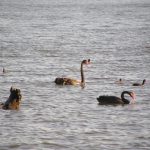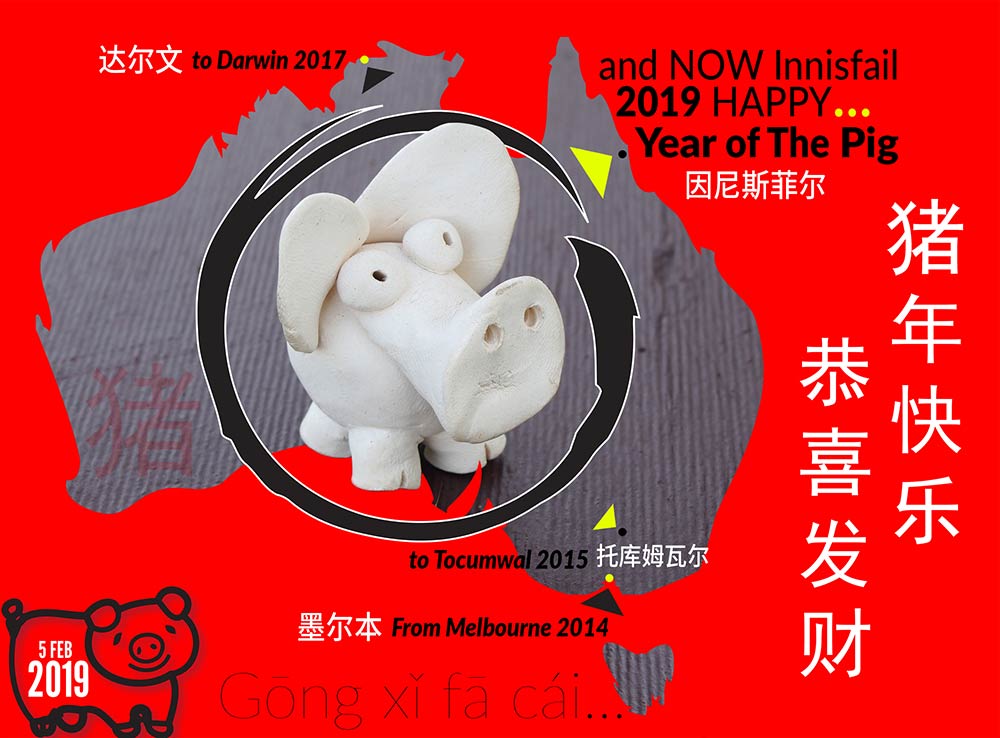Wild Australian Black Swans are a native of Australia and can be found throughout Australia with the exception of Cape York Peninsula, and the black swan bird are more common in the southern parts of Australia than in the northern parts.
 The Wild Australian Black Swans has been introduced around the world into several countries, including New Zealand, where it is now a very common sight and is a vagrant to New Guinea too.
The Wild Australian Black Swans has been introduced around the world into several countries, including New Zealand, where it is now a very common sight and is a vagrant to New Guinea too.
For habitat the Black Swans prefer larger salt, brackish or fresh waterways and permanent wetlands, requiring 40 m or more of clear water to take off. Outside the breeding season, Black Swans travel quite large distances. The Birds can fly at night and rest during the day with other swans.
 Wild Black Swans are completely vegetarian, finding and eating algae and weeds as their main food source, the birds can be seen plunging its long neck into water up to 1 m deep. Occasionally Black Swans will graze on land, but they tend to be very clumsy walkers.
Wild Black Swans are completely vegetarian, finding and eating algae and weeds as their main food source, the birds can be seen plunging its long neck into water up to 1 m deep. Occasionally Black Swans will graze on land, but they tend to be very clumsy walkers.
At breeding time wild Black Swans form isolated pairs or form small colonies in shallow wetlands and are known to pair for life, both adult birds help raise one brood of chicks per season together. The eggs are usually laid in a nest made of reeds and grasses with the nest built either on a small island or floating in deeper water. When born the black swan chicks are covered in grey down, and are able to swim and feed themselves as soon as they hatch.
Also the black swan is Western Australia’s state emblem and is used as a symbol on the state flag too.
The Trax2 Western Australia bilingual map is one map you don’t want to start your trip without.
Did you know that the Black swan scientific name “Cygnus atratus” means ?a swan attired in black? which refers to the waterbird?s sooty-black plumage. In the wild, black swans make a variety of high-pitched, musical baying, bugling and trumpeting calls.



























